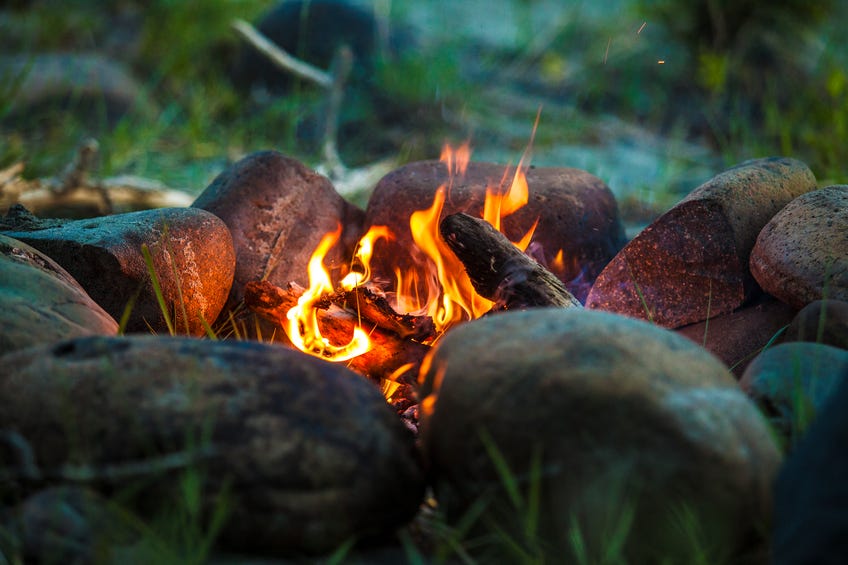
The Evolution of Heating: From Ancient Flames to Modern Comfort
Introduction:
In the grand narrative of human civilization, the quest for warmth has been a constant companion. From the humble beginnings of fire-lit caves to the sophisticated heating systems of today, the history of heating is a fascinating journey through the ages. Let’s embark on a journey that spans millennia, exploring the evolution of heating from the ancient past to the present day.
1. The Dawn of Fire:
The story of heating begins with our ancestors harnessing the power of fire. As early humans discovered the magic of rubbing sticks together, they not only unlocked a source of warmth but also a means of cooking food and fending off predators. The simple hearths of ancient caves marked the birth of communal gathering spaces, where stories were shared, bonds were formed, and the warmth of fire became a symbol of human connection.
2. Roman Ingenuity and Hypocausts:
Fast forward to the grandeur of ancient Rome, where heating took a leap forward. The Romans were pioneers in creating hypocausts, an early form of underfloor heating. These intricate systems channeled hot air produced by a furnace through the floors and walls of grand structures like bathhouses and villas. The opulence of Roman heating showcased the intersection of engineering prowess and societal sophistication.
3. The Dark Ages and the Hearth:
With the fall of the Roman Empire came a decline in heating innovation during the Dark Ages. The hearth, a central fireplace, became the focal point of medieval homes. Families gathered around its comforting glow, and the hearth became a symbol of domestic life. However, heating was still rudimentary, with reliance on open flames and basic chimneys.
4. Renaissance Radiance:
The Renaissance period witnessed a revival of interest in science and architecture. Innovations in heating systems emerged, such as the development of enclosed stoves. These stoves, often ornate in design, became fixtures in the homes of the elite. As society embraced a more refined approach to comfort, the transition from open flames to enclosed heating marked a significant leap in heating technology.
5. Industrial Revolution and Central Heating:
The 18th and 19th centuries brought about the Industrial Revolution, transforming not only the way goods were produced but also how homes were heated. Central heating systems, fueled by coal and later by gas, became more widespread. The advent of cast iron radiators and steam heating systems allowed for more efficient and even distribution of warmth throughout buildings. The divide between the haves and have-nots in terms of heating began to narrow as these technologies became more accessible.
6. 20th Century Innovations:
The 20th century saw a surge in technological advancements, with electricity playing a pivotal role in heating innovation. Electric heaters became popular for their convenience and safety. Space heaters, electric radiators, and radiant floor heating systems became staples in homes. The quest for energy efficiency gained momentum, leading to the development of programmable thermostats and improved insulation techniques.
7. Green Revolution in Heating:
As concerns about environmental sustainability grew in the late 20th and early 21st centuries, a green revolution in heating emerged. Solar panels, geothermal heat pumps, and other renewable energy sources began to supplement traditional heating systems. The focus shifted towards reducing carbon footprints and creating more eco-friendly heating solutions. Smart home technology also entered the scene, allowing users to control heating remotely and optimize energy usage.
Conclusion:
The history of heating is a testament to human ingenuity and the constant pursuit of comfort. From the primal glow of a campfire to the sophisticated, eco-conscious heating systems of today, our journey through time reveals the evolving relationship between humans and warmth. As we navigate the challenges of the future, the history of heating reminds us that innovation and sustainability can go hand in hand, ensuring that the quest for warmth continues to evolve and adapt to the changing needs of humanity.
